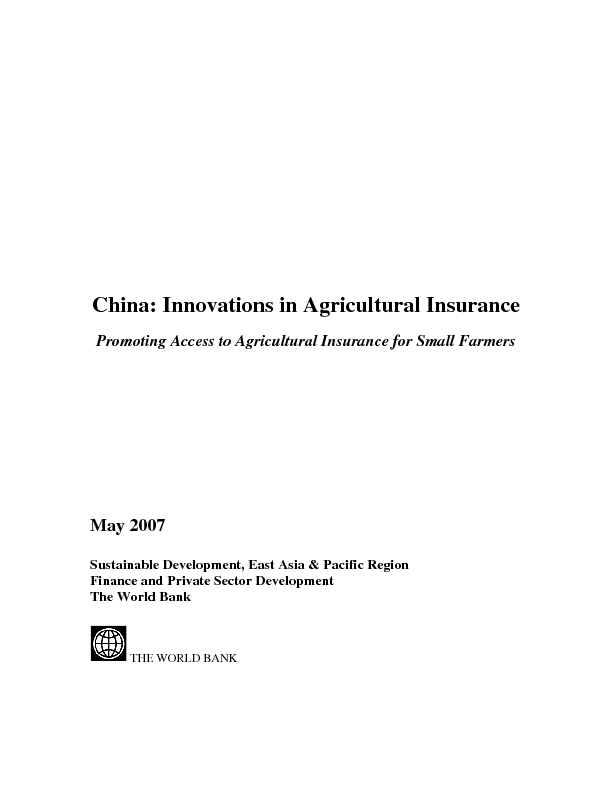Content owner:
U.S. Agency for International Development
Topics:
“Food as food” is used effectively by the Office of Food for Peace (FFP) and its partners for a variety of food security objectives (prevention of malnutrition, food for education; food for work; general relief, etc). However, agriculture (AG) and natural resources management (NRM) programs thus far remain largely dependent on monetization: tools, seeds, and the salaries of extension officers are paid with cash, not food. Yet, and as discussed below, “food as food” can play a legitimate role in AG programs, and powerfully complement cash-based interventions in this sector.

